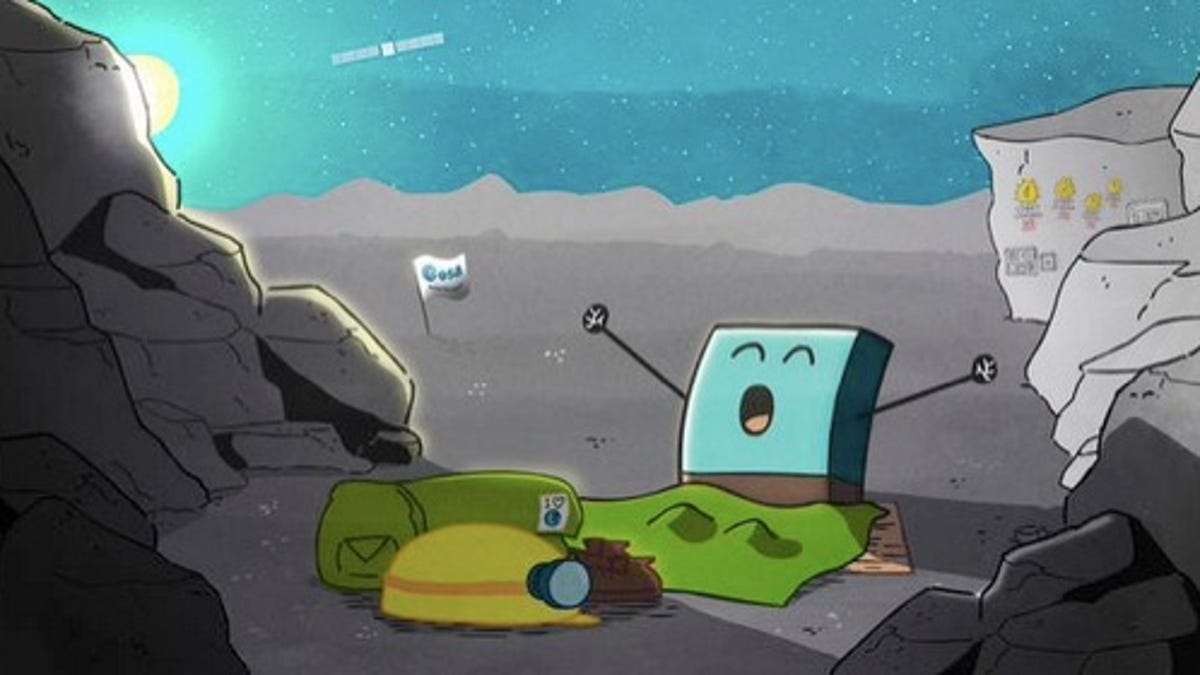Rosetta finally finds Philae lander on a distant comet
The European Space Agency's orbiter has been searching for months for its lost robotic buddy and can now prepare for a reunion at month's end.

After nearly two years hidden in limbo on a comet racing around the sun, the European Space Agency's Philae lander has finally been found, and just in the nick of time as the search window for the Rosetta spacecraft traveling alongside Comet 67P/Churyumov-Gerasimenko will soon close.
If you're not a space nut, you probably haven't heard all these names since late 2014 when Rosetta rendezvoused with the comet and deployed Philae to its surface for a closer look. The mission went well at first, until Philae touched down on the comet, bounced and landed in a dark crevasse where it was unable to receive enough solar power to charge its batteries.
Once its batteries were depleted after a couple days, Philae was essentially lost. The lander briefly awoke for a moment last year when the comet traveled closer to the sun, but then all went dark again. In July of this year the mission crew finally gave up all hope of re-establishing communication with the wayward Philae.
But Rosetta and the crew continued their visual search of the comet surface and finally the effort paid off when an image taken by Rosetta's OSIRIS narrow-angle camera showed what the crew says is clearly Philae's body and two of its three legs.
"This remarkable discovery comes at the end of a long, painstaking search," said Rosetta mission manager Patrick Martin in a release from ESA. "We were beginning to think that Philae would remain lost forever. It is incredible we have captured this at the final hour."
The find comes with just a month left before the Rosetta mission will come to an end by landing the orbiter at its final resting place on the comet.
"Now that the lander search is finished we feel ready for Rosetta's landing, and look forward to capturing even closer images of Rosetta's touchdown site," added Holger Sierks, principal investigator of the OSIRIS camera.
Rosetta is set to take its final, closest images yet of the comet this month as it makes its final descent, and a final reunion of sorts with its buddy Philae, on September 30.

